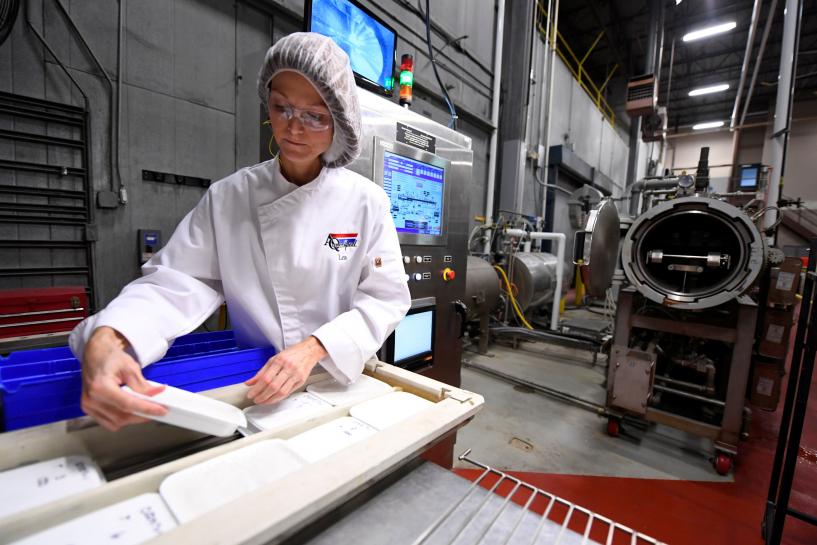SAN FRANCISCO (Reuters) — Amazon.com Inc is exploring a technology first developed for the U.S. military to produce tasty prepared meals that do not need refrigeration, as it looks for new ways to muscle into the $700 billion U.S. grocery business.
The world’s biggest online retailer has discussed selling ready-to-eat dishes such as beef stew and a vegetable frittata as soon as next year, officials at the startup firm marketing the technology told Reuters.
The dishes would be easy to stockpile and ship because they do not require refrigeration and could be offered quite cheaply compared with take-out from a restaurant.



